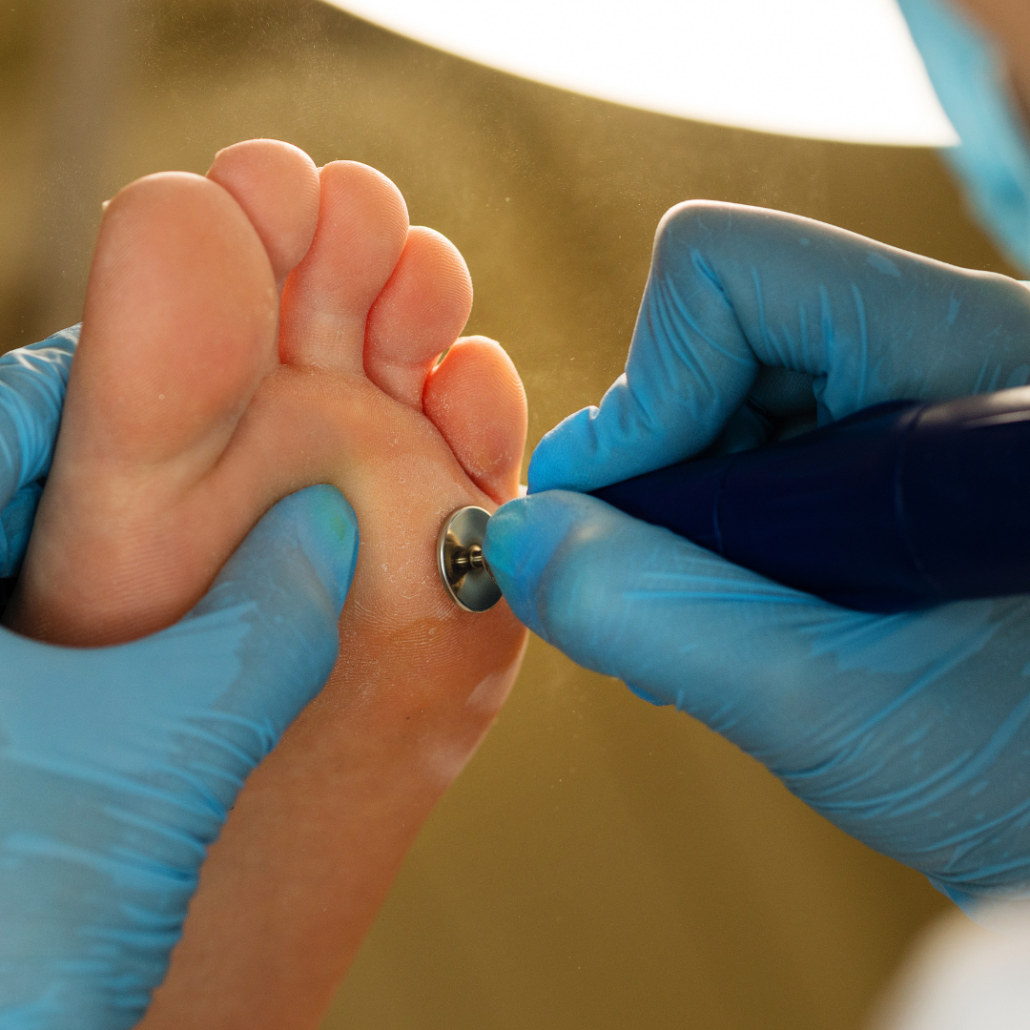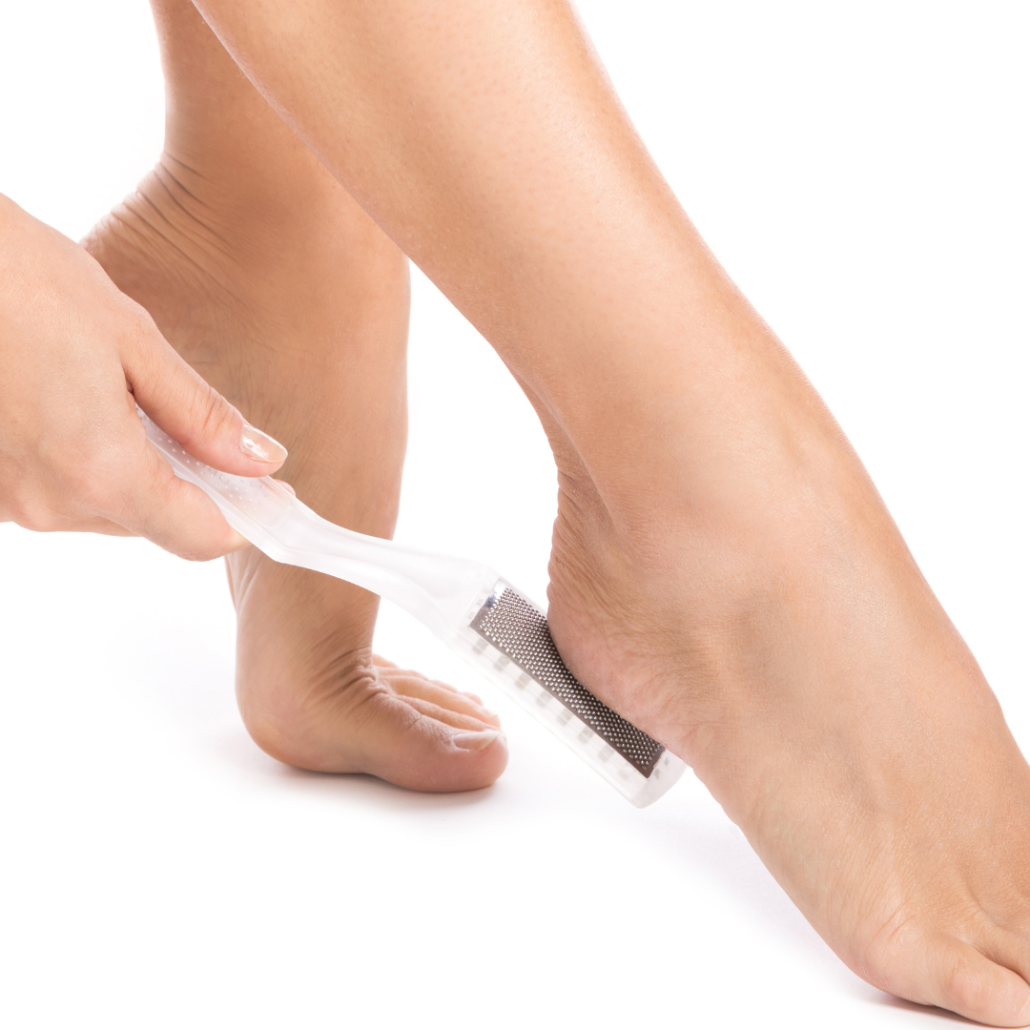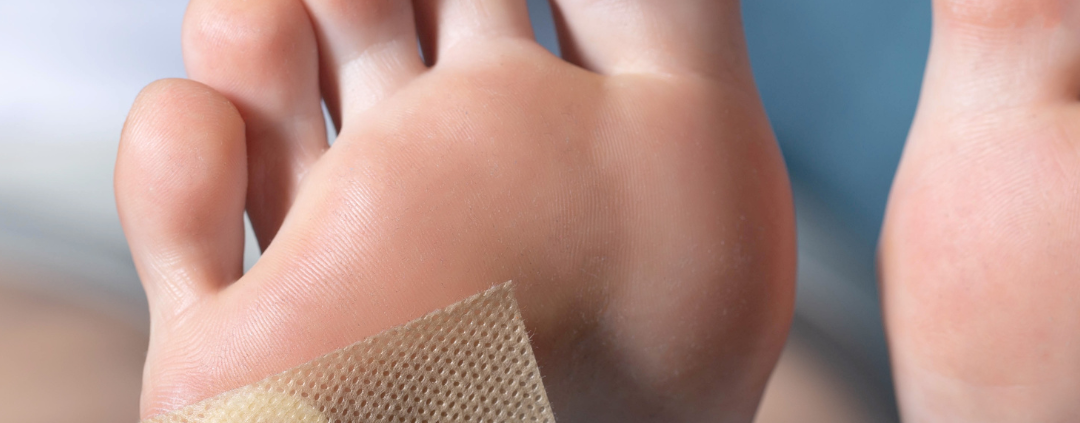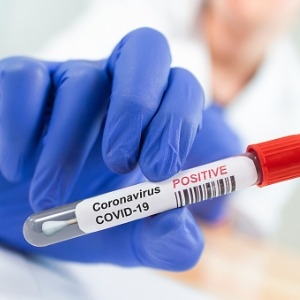Callus Treatment Tips for Smooth Ankles
A common foot condition known as calluses is characterized by thicker, brittle areas of skin that form in reaction to constant friction or pressure. Although the callus acts as a natural defense system, if neglected, it can develop into an ugly and painful condition. However, fortunately, there are a number of successful treatments for this that may help you have soft, smooth skin on your ankles and feet.
Thus, this article will provide easy-to-follow callus removal advice that will leave your feet feeling massaged and revived.

Soak and Exfoliate:
Take a soothing foot bath to kick off your callus treatment routine. Add a few teaspoons of Epsom salt or a mild foot soak solution to a basin of warm water. Take a 10-15 minute soak to soften the calloused skin on your feet. After bathing, use a pumice stone or foot scrub to gently exfoliate the afflicted areas. As a result, this aids in removing dead skin cells and eventually lessens the callus’ thickness.
Moisturize Your Callus Regularly:
To avoid dry, hardened calluses, keep your feet moisturized and hydrated. Furthermore, apply a rich, moisturizing foot cream or lotion fortified with substances like shea butter, coconut oil, or urea after each foot bath or shower. Daily moisturizing will encourage smoother feet and ankles by softening callused skin.
Wear Comfortable Shoes:
Calluses can develop on some parts of the foot as a result of excessive friction and pressure from ill-fitting or tight shoes. Thus, choose properly fitted footwear with adequate padding and arch support. Long-term use of high heels and shoes with limited toe boxes might encourage the development of calluses.
Use Callus Pads:
Think about utilizing callus pads or cushions to get relief from callus discomfort right away. These sticky pads are applied immediately to the calloused region to shield it from further friction and lessen discomfort. Additionally, people who have to stand or walk for lengthy periods of time during the day may find callus pads to be very beneficial.
Avoid Cutting Your Callus:
Avoid cutting or shaving calluses at home since doing so might cause injuries and infections. Instead, utilize moisturizing treatments and moderate exfoliating procedures to progressively diminish the thickness of the callused skin. Consult a podiatrist or foot care expert for expert treatment if your calluses are bothersome or chronic.

Regular Foot Massages:
Give your feet a massage on a regular basis to promote blood flow and prevent calluses from forming. To maximize the moisturizing effects of the massage, add a nourishing foot lotion or oil. In addition to preventing calluses, foot massages also encourage relaxation and reduce tension.
Wear Socks:
Moisture-wicking socks can help keep your feet dry and stop excessive sweating, which lowers the chance of callus development. As a result, choose socks with breathable fabrics like cotton or synthetic fibers that wick away moisture.
Salicylic Acid Treatment :
Stubborn calluses can be treated with over-the-counter salicylic acid gels or patches. Thus, the acid helps to gently remove the callused skin by softening it. If you have any questions, speak with a healthcare provider and adhere to the directions on the product label.

Regular Foot Care Routine:
Include a routine for routinely taking care of your feet in your self-care regimen. As a result, this should involve moisturizing, clipping and filing your toenails, and checking your feet for any indications of calluses or other foot problems. Calluses can be kept from getting worse with early identification and treatment.
It takes regular care and attention to treat calluses for smooth skin on the feet and ankles. You may get flexible, pain-free feet by adhering to a straightforward yet efficient callus treatment regimen. To stop calluses from forming or becoming worse, remember to moisturize frequently, gently exfoliate, and wear comfortable shoes. It is always advisable to consult a podiatrist or other foot care expert for professional guidance. Especially, if you have recurring calluses or other foot-related issues. If you take the necessary precautions, you may proudly display callus-free, smooth feet and ankles.
















Leave a Reply
Want to join the discussion?Feel free to contribute!